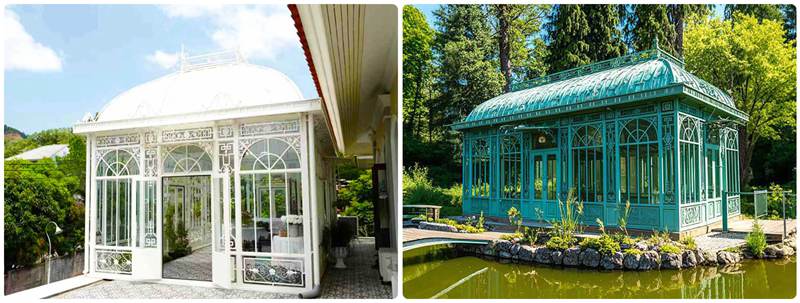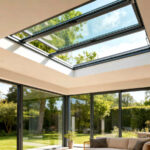
The History and Charm of Victorian Greenhouses
Discover the fascinating story of Victorian greenhouses - where beauty meets function. These 19th-century glass palaces changed gardening forever. Learn how new iron and glass technology created these stunning structures. See why Victorian greenhouses became status symbols for wealthy plant lovers. Explore their clever designs that still work today. Understand why modern gardeners still admire them. The history of Victorian greenhouses shows how innovation and art came together. Perfect for history buffs and garden lovers alike. See photos of the most famous examples still standing.

Glass. Iron. Tropical plants. These three things came together in the 1800s to create Victorian greenhouses – some of the most beautiful structures ever built for plants.
During Queen Victoria’s reign (1837-1901), these glasshouses became popular. Wealthy families wanted them. Botanic gardens needed them. Today, they still fascinate us.
Why Victorian Greenhouses Matter
The history of Victorian greenhouses shows:
-
How new technology changed gardening
-
Why their designs worked so well
-
What makes them special today
The Start of Something Big
Before the Victorian era, greenhouses were simple. Then three things changed everything:
-
Better glass – Factories could make bigger, clearer sheets
-
Cheap iron – Strong frames became affordable
-
Plant mania – Explorers brought back rare tropical plants
The 1851 Great Exhibition showed what was possible. Joseph Paxton’s Crystal Palace proved iron and glass could make huge buildings. Soon after, every rich family wanted a greenhouse.
What Makes Them Special
Victorian greenhouses have clear features:
-
Curved roofs – Let rain and snow slide off
-
Tall windows – Allow hot air to escape
-
Fancy ironwork – Made them beautiful, not just useful
The best examples still stand today. Kew Gardens’ Temperate House is the largest. It opened in 1863 and still grows plants.

Victorian Greenhouses
Why We Still Love Them
Modern greenhouses work well. But Victorian greenhouses have more:
-
Beauty – They look like palaces for plants
-
History – Each one tells a story
-
Quality – Many are over 100 years old
Companies now make new versions with modern materials. You can get the look without the maintenance.
Keeping the Past Alive
Old Victorian greenhouses need care:
-
Fix broken glass with special putty
-
Repaint iron every 10-15 years
-
Replace rotten wood quickly
New ones can copy the style:
-
Use aluminum instead of iron
-
Add classic details like cresting
-
Choose traditional staging
Final Thoughts
The history of Victorian greenhouses shows human creativity. They solved problems beautifully. Today, they remind us to combine function and art.
Do you know an old greenhouse? Have you visited one? Share your story below.
Why Choose Us?
- As the first manufacturer in China to introduce the Victorian conservatory design from Europe, we have 36 years of production experience since 1988, and our products are distributed in 68 countries.
- We have a professional team of 8 conservatory design engineers and 60 production workers. We are equipped with 2 hot-dip galvanizing machines, 2 steel shot blasting machines, and 1 spray line.
- Our professional design team can provide theoretical calculation data support for wind pressure resistance, earthquake resistance, and snow resistance of large-scale steel structure conservatories.
- Strict quality control. 8 inspection stages: raw material inspection, cutting and blanking size inspection, welding quality inspection, hot-dip galvanizing quality inspection, spray quality inspection, assembly quality inspection, and packaging quality inspection. Ensuring smooth assembly of the products, no rust, no leakage, and compliance with customer national standards.
- We cooperate with many well-known architectural design companies worldwide.
- Customized services. We can customize according to customer designs and dimensions. We also provide supporting facilities such as electric sunshades and air conditioners.
- We offer installation dispatch services, inspection services, and free replacement of parts. We also present high-value exquisite gifts.
- Video factory tour. You can view the entire production process.
Ready to Bring Your Greenhouse to Life?
Share your ideas and we'll create a custom solution just for you. Your email address will not be published. Required fields are marked *




